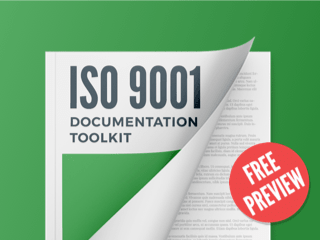Examples in "Organizational knowledge"
Assign topic to the user
When I work with organizations, facilitating the implementation of a quality management system according to ISO 9001:2015, about clause 7.1.6 “Organizational Knowledge, I draw the following matrix:
The first and second paragraphs of clause 7.1.6 are about quadrants 1 and 2.
Quadrant 1 is about what we know that we know – that is written in procedures, work instructions, tables, specifications. Normally, is listed or codified in job descriptions and when someone starts in a new position human resources plans an integration program with that knowledge transfer. For a construction contractor this is the engineering knowledge acquired at universities, this is empirical knowledge translated into your documented procedures and templates.
Quadrant 2 is about what we don’t know that we know – that is work experience not codified, unwritten rules. Normally, is transferred through coaching with more experienced job partners. For a construction contractor this can be the know-how about using explosives to blast rock in a constrained environment. You know, it is different studying that kind of technique in a book or through experience. For a construction contractor this can be the ability to manage a lot of work fronts at the same time in a same site. Again, things that you learn with experience and are difficult to transmit in a classroom.
The third and fourth paragraphs of clause 7.1.6 are about quadrants 3 and 4.
Quadrant 3 is about what we know that we don’t know – that is information that when an organization realizes that is missing can be obtained through training, books, seminars, consultants, suppliers, technical magazines. For example, this question fits in this quadrant. For a construction contractor this can be working with a university or another partner to find a technical solution to solve an architectural challenge.
Quadrant 4 is about what we don’t know that we don’t know – I call it the radar. How does the organization keep a radar working relevant information that can change the future of the business? Normally, organizations keep track of anything new through books, magazines, blogs, conferences, networking, suppliers, …
The following material will provide you information about organizational knowledge:
- ISO 9001 – How to manage knowledge of the organization according to ISO 9001 – https://advisera.com/9001academy/blog/2016/08/30/how-to-manage-knowledge-of-the-organization-according-to-the-iso9001/
- Free online training ISO 9001:2015 Foundations Course –https://advisera.com/training/iso-9001-foundations-course/
- Book - Discover ISO 9001:2015 Through Practical Examples - https://advisera.com/books/discover-iso-9001-2015-through-practical-examples/
Comment as guest or Sign in
May 25, 2020



